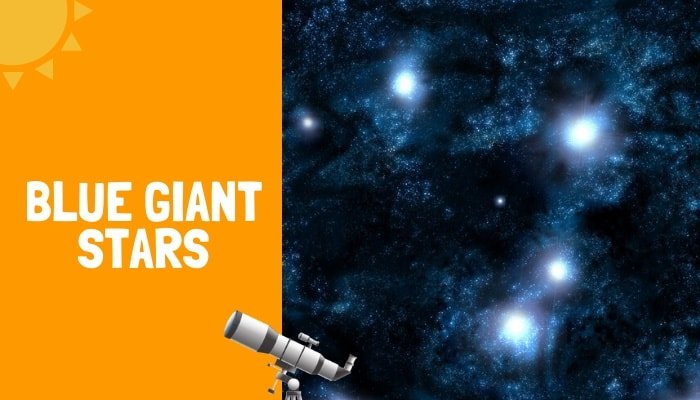All of the outer planets in the solar system, those that reside beyond the asteroid belt, are known as the four gas giants. Saturn is one of those gas giants and it is the second-largest planet in the solar system after Jupiter. That means it must be pretty big, especially compared to the small rocky inner planets that orbit closest to the sun. That begs the question, is Saturn only a little bit larger than the Earth or is it much bigger? How big, exactly, is Saturn compared to Earth?
The equatorial diameter of Saturn is 72,367 miles which is 9.5 times larger than that of Earth. Earth has an equatorial diameter of 7,917.5 mi. That gives Saturn a surface area that is 83 times larger than that of the Earth. Saturn’s volume is 764 times the volume of Earth. That would allow 764 full-sized Earths to fit inside of Saturn’s massive girth. Finally, Saturn has a mass that is 95 times the mass of Earth.
All of that to say that in every way, shape, and form, Saturn is much larger than the Earth. Despite being so much larger than Earth, Saturn is much less dense than the Earth. Earth, surprisingly, is the densest planet in the solar system while Saturn is the least dense planet. That makes it so Saturn, oddly enough, has a similar surface gravity to that of Earth. The density of Saturn has an average density of 0.7g/cm³ while the Earth has an average density of 5.5g/cm³.
How big is Saturn compared to Jupiter?
Jupiter has an equatorial diameter of 86,881 miles making it roughly 14,000 miles larger than that of Jupiter. However, in terms of relative size, Jupiter and Saturn are much closer to one another than they are to any other planet in the solar system. They both are over twice the size of Uranus and Neptune, the next largest planets in the solar system. So even though Jupiter seems much larger on paper, they are very close to one another in terms of size.
Despite being close in relative size, Jupiter is much more massive than Saturn. That means Jupiter is made up of much more material than Saturn. In fact, Saturn is the least dense planet in the solar system. Jupiter is more massive, larger, and twice as dense as Saturn making it much bigger in every category. The average density of Jupiter is 1.3g/cm³ which is nearly twice that of the 0.7g/cm³ that Saturn clocks in at.
In the night sky, Jupiter is slightly brighter than Saturn and slightly larger but they are similar in size and luminosity from our position here on Earth.
How big is Saturn compared to the moon?
The moon has an equatorial diameter of 2,158.8 miles which makes Saturn 33.5 times the size of our moon. Like Earth, the moon has a very high comparative density to Saturn. The moon has an average density of 3.34 g/cm³. That makes the moon about five times as dense as Saturn despite being thirty-three times smaller in terms of diameter.
In the night sky, the moon is the second brightest object after the sun while Saturn is the seventh brightest that resides in our solar system and the ninth brightest overall.
Even if you added the diameter of the moon to the diameter of the Earth, Saturn is still 7.2 times larger than those two combined. Saturn is one giant planet, which is one of the reasons it was able to collect all of the materials that make up its ring system and why it shines so brightly in the night sky.
Next time you crack out the Best Telescopes For Viewing Planets, and you get Saturn in your view. You will know just how it compares to our size on earth. We have many other articles on fun facts about Saturn, including How Did Saturn Get Its Name.



